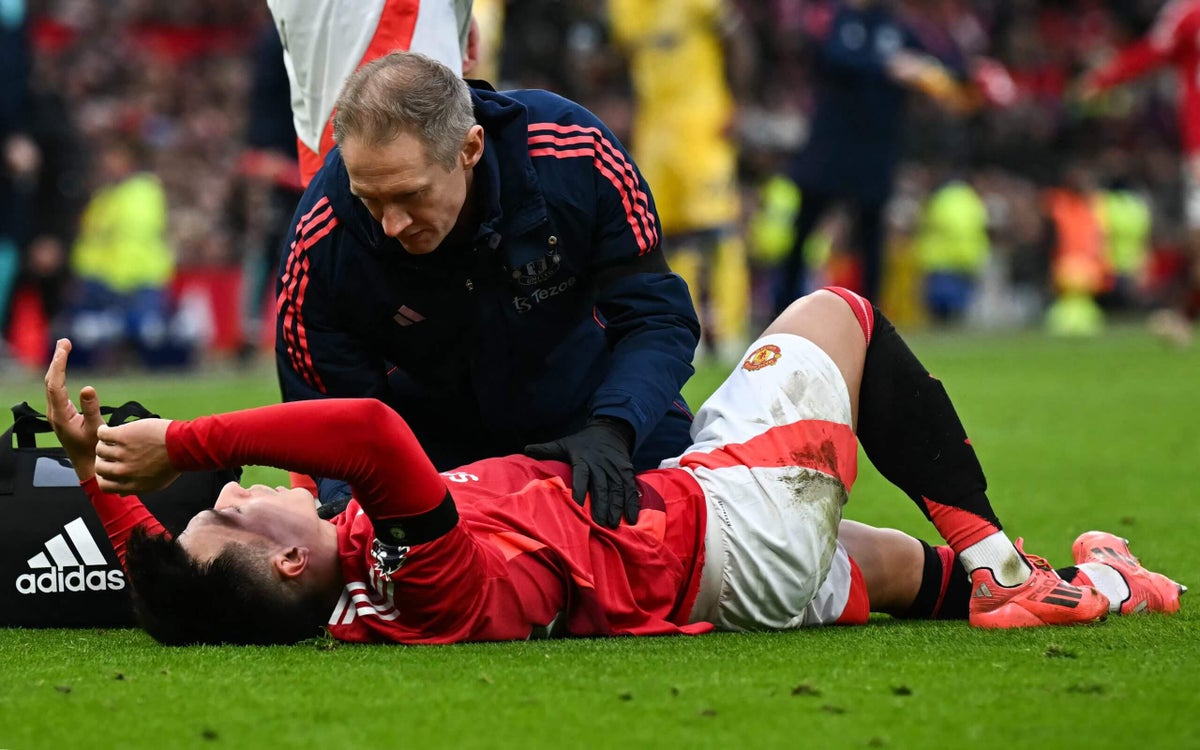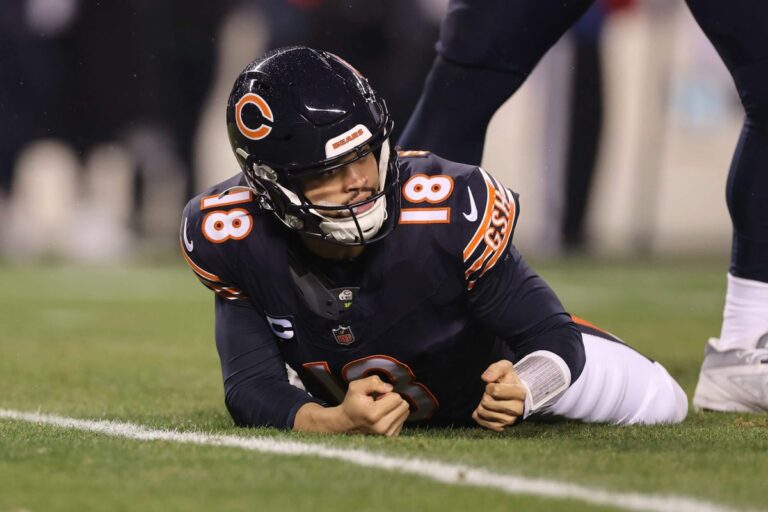Here is the plain text result:
Anterior cruciate ligament injuries. They are four words that strike dread into the hearts of footballers at every level, and, at the Premier League level, they are being heard more frequently than ever. In fact, this season is on course for a record number of ACLs since injury data began.
According to Ben Dinnery, head of injury analyst website Premier Injuries, there have been 10 ACL injuries in England’s top flight so far this season, putting the league on course for a record number in 2024-25. This year alone, there have been seven ACL injuries, most recently Manchester United defender Lisandro Martinez.
For context, the average number across the six seasons between 2017-18 and 2022-23 is just 6.3; between 2012-13 (when Premier Injuries’ data collection began) and 2016-17, the average was 10.4. As it stands, the Premier League is on track to end the campaign with 13. There have been 20 recorded incidents to WSL players since January 2024, according to Premier Injuries.
ACL injuries typically happen when you have weight-bearing on a slightly bent knee, and there is a rotational element. Imagine a player’s studs getting stuck in the ground as they twist. That may mean that their anterior cruciate ligament gets stretched to the point where it cannot hold, and that’s when it gives.
Without an ACL, you would have what’s called functional instability. Without it, your tibia (or shin bone) slides forward on the femur, the upper part of your knee, and if you’re not stable, your knee can sometimes give way. That’s why it’s so important to ensure it’s stable and fixed.
The repair requires a surgeon to move another bit of the body, either a piece of the hamstring tendon or a bit of the patella tendon. That takes time to bed in, heal, and strengthen, which is why recovery takes so long.
Pitches sometimes make a difference, in terms of the way that boots interact with them. The kind of fibres within a pitch sometimes mean that a player’s boot may get stuck.
Age plays a part in susceptibility to ACL injuries. It’s not necessarily an issue, but, again, the older you are and the more games you play, the chances are that you’re going to fatigue more. Certainly, at 30 years old and onwards, you’re probably more susceptible because you’re less mobile and possibly more fatigued.
Source link




